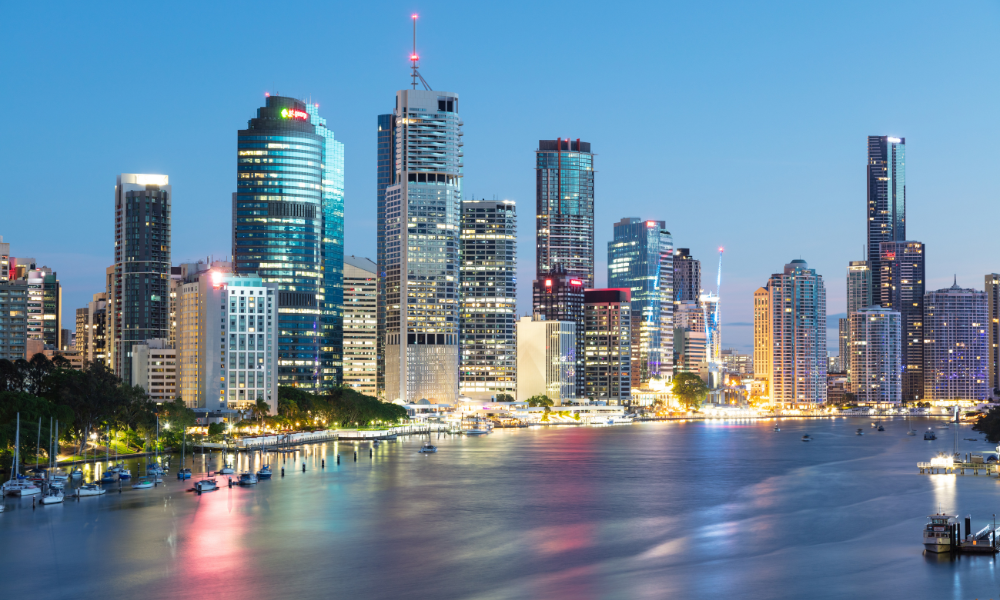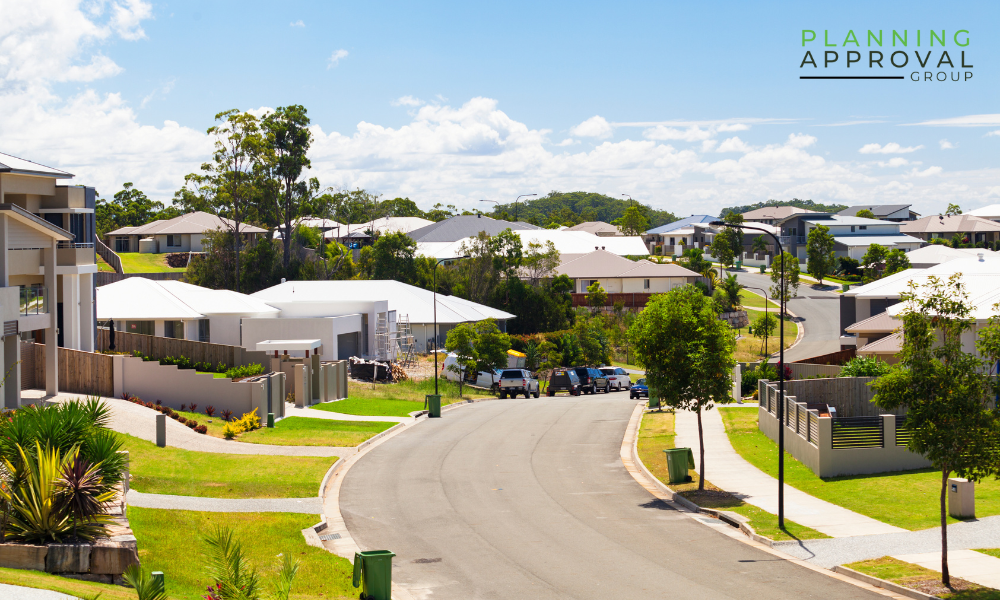Modifying a Character or Heritage Property in Brisbane
Owning a beautiful old home, such as a Queenslander, is the dream of many Brisbane (and Queensland) buyers. The architecture and craftsmanship of older homes and buildings is without a doubt stunning and owning a little piece of history is thrilling! It’s important to note, however, that modifying one of these historic buildings can come with specialised and strict regulations – not only in Brisbane but in other Councils across Queensland.
Important note: If your property is not within Brisbane City Council jurisdiction, please check your local Council’s own planning scheme.
Character vs Heritage Buildings
Character Properties and Heritage Buildings (also known as a Local Heritage Place) are not the same thing in Brisbane. Here’s the difference:
Character Properties
Character properties display key elements and features of different building styles from Brisbane’s history. Primarily buildings built before the end of 1946, with special considerations for buildings built before 1911. There are three types of character properties:
- Traditional building character
- Commercial character building
- Pre-1911 building
Character Properties are identified in the Brisbane City Plan Online Maps, most often within the following zones and overlays:
- Character Residential Zone
- Commercial Character Building (activities) Overlay
- Traditional Building Character (design) Overlay Code
Similar codes that govern character property development, such as the Pre-1911 Building Overlay Code discuss the demolition and removal of character buildings.
Local Heritage Places
A Local Heritage Place reflects aspects of Brisbane’s local history and culture, with a primary focus on convict-era buildings. Although you will likely know that your property is a local heritage place, here is how you can identify it:
- Identified on the Heritage Overlay for the Brisbane City Plan
- Brisbane City Council identify them on their Local Heritage Places Online Tool
- Pre-1911 Building Overlay Code (for demolition and removal)
Why Are There Special Regulations?
Brisbane, like many other towns and cities in Queensland, has an amazing and rich history to share and celebrate. Whilst moving forward with the times is essential, these pockets of history need to be preserved to tell Brisbane’s story from settlement to modern day.
These regulations are in place to protect these buildings and localities. Modernising buildings such as Queenslanders is popular (and tempting!), however can significantly degrade the historic value of the property.

Character Properties - Regulation Highlights
Some specific outcomes from the Character Residential Zone that you might be interested to know:
- Developments are to be low density – multiple dwellings and dual occupancy are not accommodated (unless in the Infill Housing Zone Precinct)
- Development must protect and retain buildings built in 1946 or before
- Extensions must reflect and complement the city’s traditional building character
- Minimum lot size is 450m2, reducing capabilities for subdivision
Highlights of the codes in the Commercial Character Building (activities) Overlay Code are:
- Extensions, alterations, renovations and refurbishments are sensitive to the built form, ensuring the original remains clearly identifiable. They must not dominate or detract from the appearance of the existing commercial character building
- The buildings cannot be raised unless essential for flooding, sub-floor air circulation, or pest infestation prevention
- The primary frontage must remain similar in appearance to the original building
- Development must be designed with appropriate detailing for the period of the building and shopfronts should be constructed in materials sensitive to the period of the building
- Development must integrate with the streetscape.
The Traditional Building Character (design) Overlay Code requires:
- Development retains buildings constructed in 1946 or prior
- External elements must reflect the traditional materials used predominantly in residential buildings constructed in 1946 or prior
- Low set houses must remain of a low-set appearance
- Fencing visible from the street is low and transparent and complements traditional fencing styles in the area
- Roof modifications must retain the original roof form
- Garages are set back from the front boundary and don’t dominate the house
The Heritage Overlay Code
Here are the critical regulation highlights you need to know for a building in the Heritage Overlay Code:
- Developments provide for future protection and do not damage or diminish its cultural heritage significance
- All aspects of the cultural significance and heritage must be taken into account
- Development must be based on issues relevant to conservation of the heritage place
- Low set buildings must remain low set
- Any development work must be designed with appropriate detailing for the period
- Additions and alterations must conserve the heritage significance and not obscure the traditional building fabric
- Car parking areas must be concealed behind the heritage place or located so as to not visually dominate
- Landscaping must not impair views of the heritage place
Approval Success with Planning Approval Group
Did you know that Planning Approval Group have a bunch of useful resources to help you understand development applications? Check out our Resources page!
Want to dodge all of this altogether? That’s just one of the reasons you should hire a town planner! Planning Approval Group achieve a high rate of development approvals in Queensland. We know planning schemes inside out, reducing time spent interpreting.
Get in contact today and just get it done.
Planning Scheme Sources
Planning Scheme referenced in this article:
Stay Informed about key information that will make your development a success!
SIGN UP FOR OUR NEWSLETTER










